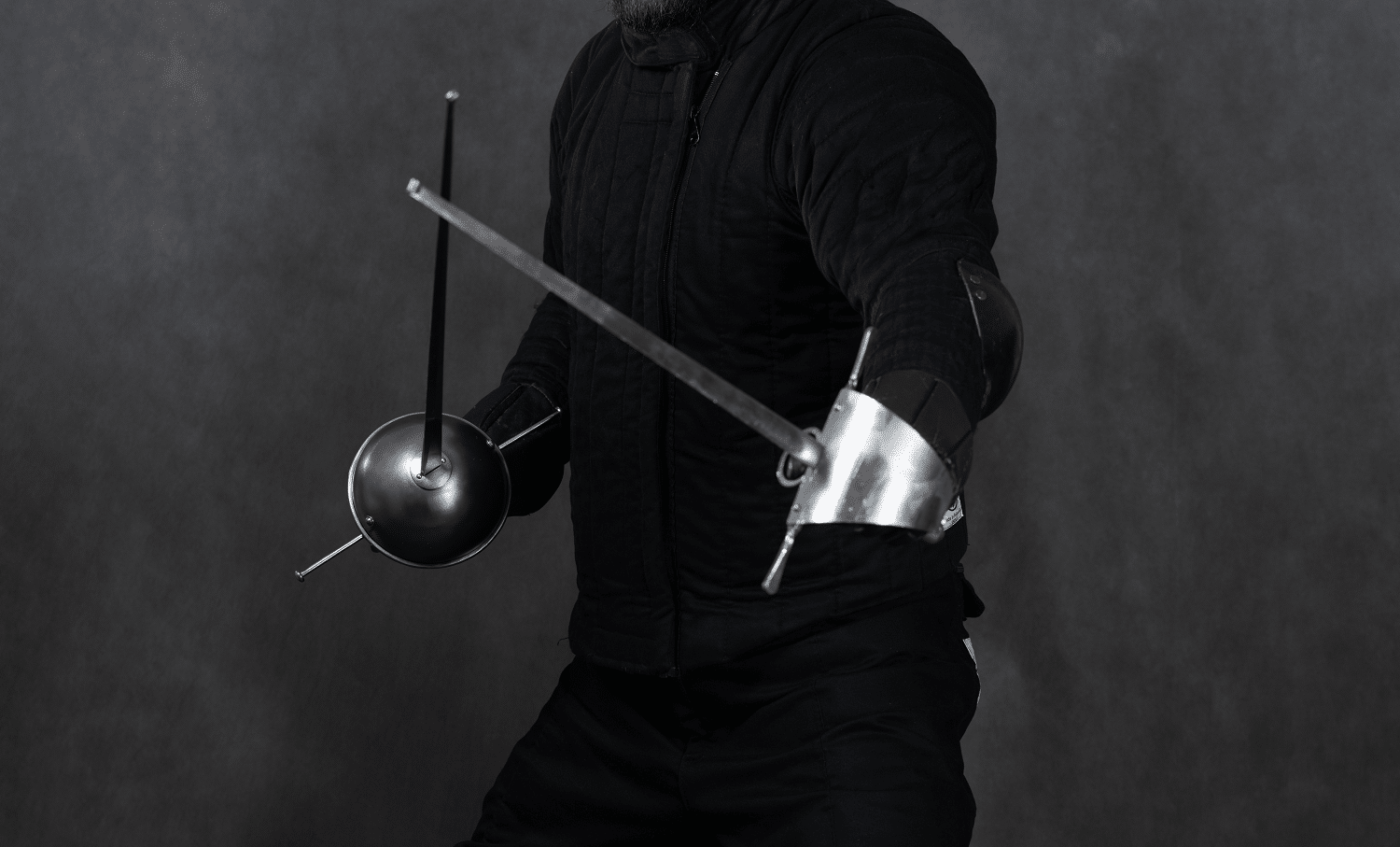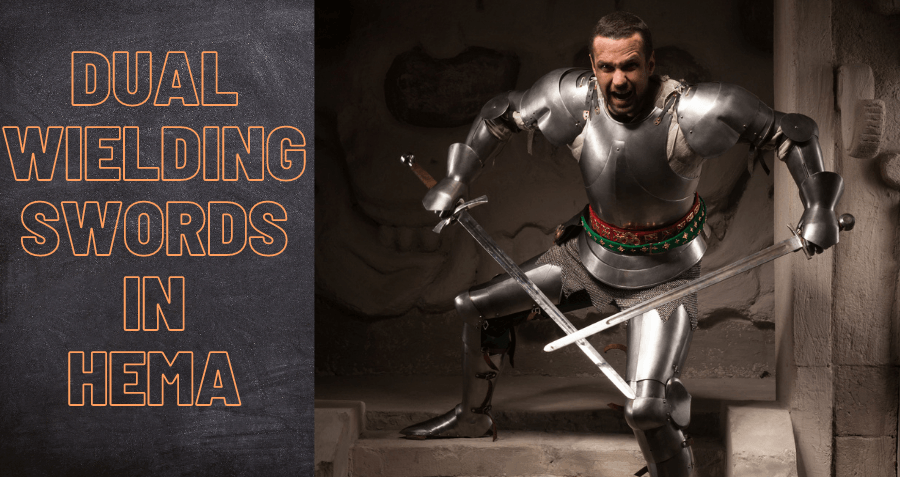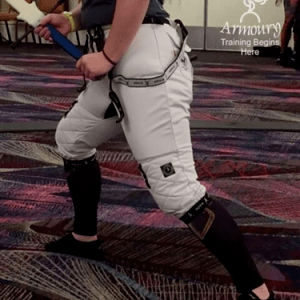Is Historical European martial arts a sport? Is HEMA a Sport?
The debate over whether the Historical European Martial Arts (HEMA) constitutes a sport has surfaced as HEMA competitions have increased in prominence and participation. We say prominence because the most prolific media coverage of HEMA has been fixated on tournaments such as Longpoint, as depicted in this New York Times segment, ‘Inside the World of Longsword Fighting‘.
In the last two decades, HEMA has made a major comeback as a hobby and a studied form of martial arts around the world. HEMA combines elements of scholarship, review of ancient techniques of combat, with a physical competition.
While HEMA is sometimes confused as being a singular martial art style, Historical European Martial Arts is actually a broad umbrella term that applies to a wide variety of fighting and combat techniques. HEMA is primarily identified with Late Middle Ages and Renaissance fighting with long swords, rapiers and various kinds of backswords and curved sabers. Yet HEMA can also be considered to be studying eclectic arts such as Bartitsu, folk wrestling, and stick fighting methods and even bare-knuckled boxing, although these things are not as popular among Historical European martial artists as sword-based combat systems are.
Although martial arts have traditionally implied a method of fighting, the term has begun to broaden and include forms of activity that are not necessarily forms of fighting. Contemporary Tai Chi, for example, is often considered a martial art although it involves no real fighting simulation. HEMA however is very focused on recreating many of the combat conditions that a historical fencer would experience, and is considered a type of combat sport as a result. As historical fencing with swords typically involved grappling techniques, the closest analog to HEMA competitions is not actually Olympic sport fencing as may be initially assumed, but instead mixed-martial art tournaments, although HEMA events do use a point based scoring system that is similar to Olympic sport fencing.
HEMA incorporates grappling and several forms of weapons fighting, sometimes together at the same time. In HEMA events and gatherings, the largest focus is on the longsword. HEMA longsword matches have complex rules and follow point based scoring regulations to determine winners. Competitors often use a specialty sports protective equipment and blunt the tips and edges of their swords to protect their safety.
HEMA fights often end quickly and the competitors try to land strikes while dodging or deflecting counter-blows. Even with protective equipment competitors accumulate bruises, battle scars that they proudly display. It breaks gender stereotypes as well. Women notably participate in and win HEMA longsword division competitions against men.
HEMA events often involve not only competition but instruction. It is not unusual for participants to also attend workshop classes to learn about other styles they may not be as familiar with and lectures showcasing the latest historical research findings are also common. Therefore, historical study and scholarship are central to HEMA just as much as the competitive aspect is.
So is HEMA a Sport or an Art?
A major area of differentiation that distinguishes HEMA from modern sports is the emphasis on reproducing historical techniques rather than simply on scoring points or winning. Performing a technique as it is described in a historical treatise is more important in HEMA tournaments than simply using size and brute strength to beat down your opponent. In this way it has some similarities to Kendo.
In discussions about making HEMA more sport-centric and athletic, there is a portion of individuals within the HEMA community that are resistant. There is a fear that the meticulous technique in HEMA sport-fencing may evolve into a competition that emphasizes quick footwork and aggressive lunges instead of strategy. Preserving the identity of HEMA in competition is a major point of emphasis for these people.
There is a large emphasis on execution of these historically based techniques. Participants in HEMA activities will tell you that competing according to the ancient rules is an art in itself, and more important than winning at any cost. HEMA competitors are consequently part of an academic community as well as a competitive community, with the academic interests being served by the competitive interests in a careful balancing act.
This also relates to the difference in end goals. Whereas the goals of historical sport fencing tournaments are primarily to pressure test the reconstructed interpretations of historical martial arts, modern sports fencing instead puts heavy emphasis on entertaining crowds through artful technique and competitive spirit, making a game of who can accumulate the most points. Therefore in this sense HEMA sport-fencing is distinctive from modern sport fencing and may not fit the competitive criteria some people have for what constitutes a modern-day sport.
Nevertheless we here at Historical European Martial Arts Resources define what is a ‘Sport’ as ‘an activity involving physical exertion and skill in which an individual or team competes against another or others for entertainment and/or leisure.‘ By this mainstream definition of what constitutes a sport, HEMA is certainly a modern sport.
Within the HEMA community, there is an internal debate on the future direction of clubs and competitions. Some would like to abandon competition altogether and focus exclusively on academic interpretations. Others would like to evolve HEMA more through adopting modern designed specialty weaponry and make changes to the formalized rules that produce a better competitive environment for athleticism.
Perhaps, the most preferable outcome is a middle ground whereby academic scholarship retains primacy while allowing HEMA to continue to evolve and develop new rules. Competitors should be aware of the rich traditions and skills that are involved in HEMA. However, they should be allowed to experiment and implement new practices as long as they are accepted within the community.
The fostering of separate communities that are more catered to different needs could be good for HEMA and ensures that it will retain its diversity in regulations and types of competitions.
Conclusion: HEMA is a Unique Sport
Historical European Martial Arts is a sport in the sense that no one is preparing to fight in life or death battles with swords and it is done for recreational reasons, regardless of whether those reasons are part of an interest in exploring history or a desire to simply hit people with swords.
So, we do feel that HEMA is a sport, although it is a sport with unusual goals in that the sport serves the interests of reconstructing historical martial arts that have been lost over time. It is a martial art with hybrid activities, with elements of both academic research and athleticism. Part of HEMA requires the study of technique and interpretation of history and another part is physically testing your skills against an opponent. The broad range of activities included under the banner of HEMA makes it unique and we should think twice before we try to formalize rules simply to make it more similar to other contemporary sports. The scholarship aspect is very important and brings members of the community together who otherwise might not be interested in it.
On this same note, there are many different ways that one can participate in HEMA and tournaments are not strictly necessary, the same way they are not necessary as part of other kinds of amateur sports. It is up for individuals to decide their level of participation.
***
If you’d like to learn more information about historical fencing practices please check out our Learn HEMA page for a guide to learning about the historical weapon that interests you. You can also find more guides we’ve written about other topics at our Helpful Guides page. You can also join the conversation at our forums or our Facebook Group community.
[/vc_column_text][/vc_column][/vc_row]

















